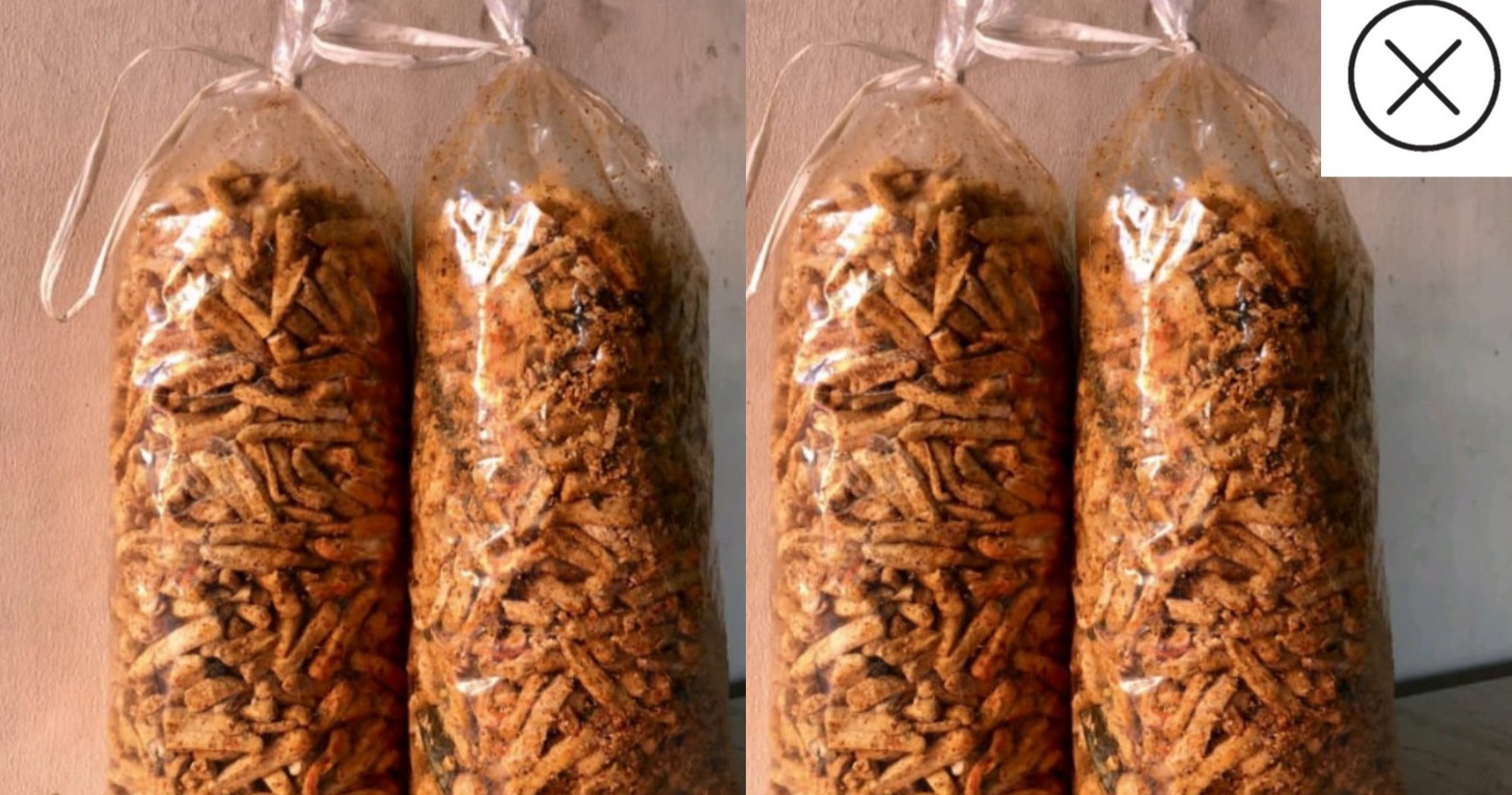( The sinuses are a connected system oSinus f hollow cavities in the skull )
( The sinuses are a connected system oSinus f hollow cavities in the skull )

The sinuses are a connected system of hollow cavities in the skull. The largest sinus cavities are around an inch across; others are much smaller. The sinus cavities include:
� The maxillary sinuses (the largest), in the cheekbones.
� The frontal sinuses, in the low-center of the forehead.� The ethmoid sinuses, between the eyes, at the nasal bridge.� The sphenoid sinuses, in bones behind the nasal cavity.Sinus Conditions
- Acute sinusitis (sinus infection): Viruses or bacteria infect the sinus cavity, causing inflammation. Increased mucus production, nasal congestion, discomfort in the cheeks, forehead or around the eyes and headaches are common symptoms.
- Chronic sinusitis (or chronic rhinosinusitis): More than just a series of infections, chronic sinusitis is a persistent process of inflammation of the sinuses.
- Allergic rhinitis: Allergens like pollen, dust mites, or pet dander cause the defenses in the nose and sinuses to overreact. Mucus, nasal stuffiness, sneezing, and itching result.
- Deviated septum: If the septum that divides the nose deviates too far too one side, airflow can be obstructed.
- Turbinate hypertophy: The ridges on the nasal septum are enlarged, potentially obstructing airflow.
- Nasal polyps: Small growths called polyps sometimes grow in the nasal cavity, in response to inflammation. Asthma, chronic sinus infections, and allergic rhinitis can lead to nasal polyps.
- Physical examination: A doctor can look into the nose with a lighted viewer to see the turbinates, which may be swollen. She may press or tap on the face over the sinuses to check for pain.
- Computed tomography (CT scan): A CT scanner uses X-rays and a computer to create detailed images of the sinuses. CT scanning can help diagnose chronic sinusitis.
- Magnetic resonance imaging (MRI): Magnetic waves create highly detailed images of the sinuses. CT and MRI scans may be used together.
- Endoscopy (rhinoscopy): Using a flexible tube with a camera on its end, a doctor can examine the inside of the nose and sinuses.
- Sinus cultures: A mucus sample can be taken from inside the sinuses. This is done with a needle or during endoscopy.
- Skin Test for Allergies: Skin testing for various allergens can help determine if allergies are contributing to sinusitis.
- Sinus X-ray: A plain X-ray may show problems with the bones around the sinuses. A CT scan is superior to plain X-ray films.
- Decongestants: Medications that cause blood vessels in the inner nasal tissue to constrict. As a result, there is less sinus congestion, mucus production and postnasal drip.
- Nasal steroid spray: Regular use of nasal steroids can reduce the symptoms of allergic rhinitis. These medications help relieve tissue swelling and help prevent the regrowth of nasal polyps after sinus surgery.
- Nasal saline spray: Salt water nasal spray breaks up dried mucus and helps to keep the nose moist.
- Nasal washes: rinse mucous from the nasal cavities and sinuses.
- Antihistamines: Oral histamine blockers (Benadryl, Claritin, Zyrtec, Allegra) can reduce the nasal and sinus symptoms from allergic rhinitis.
- Antibiotics: Anti-bacterial oral medicines may be needed to treat bacterial sinusitis.
- Sinus surgery: Surgery can improve or correct some sinus conditions. Usually surgery is used to remove growths or to open an obstruction.
The sinuses are lined with soft, pink tissue called mucosa. Normally, the sinuses are empty except for a thin layer of mucus.
The inside of the nose has ridges called turbinates. Normally these structures help humidify and filter air. The nose is divided in the center by a thin wall, called the septum. Most of the sinuses drain into the nose through a small channel or drainage pathway called the middle meatus.
The purpose of the sinuses is unclear. One theory is that sinuses help humidify the air we breathe in; another is that they enhance our voices.
